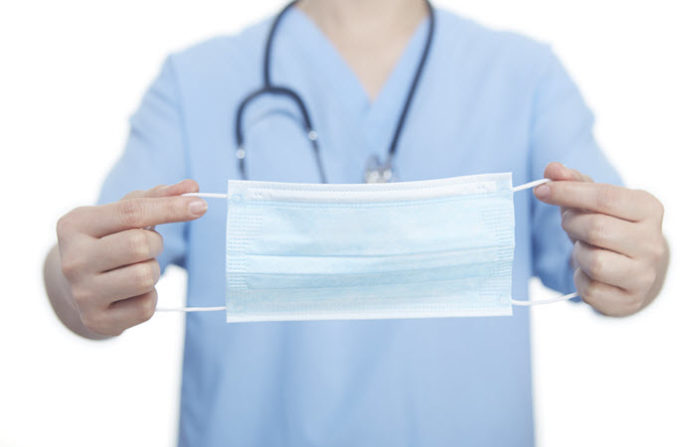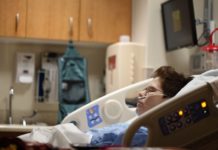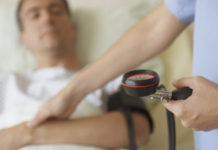Do you need a guide for nursing diagnosis for infection?
As a nurse, you have a very important role when it comes to preventing infections. You are at the front line when it comes to delivering quality care so you need to be aware of what can and can’t compromise your patients’ health while they are in the hospital.
Take note that about 1.7 million hospitalized patients acquire Healthcare-Associated Infections (HCAIs) each year and more than 98,000 patients die because of it.
By having a clearer understanding of the chain of infection and with the right nursing diagnosis for infection, you’ll be able to intervene or stop an infection from happening.
Here’s a good example of a Nursing Care Plan for risk for infection.
Risk Factors
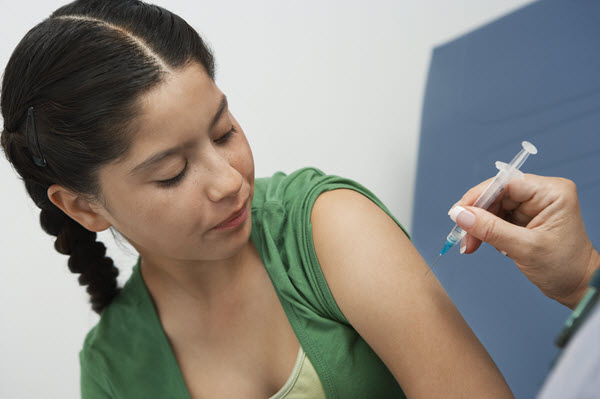
A patient becomes at risk for infection if he is vulnerable to pathogenic organisms. It can be related to any of the following:
- Invasive procedures
- Pharmaceutical agents, like immunosuppressants
- Increased exposure to pathogens
- Compromised circulation
- Break in the integrity of the skin
- Chronic disease
- Rupture of amniotic membrane
- Lack of immunization
- Inadequate primary defense, like tissue damage and broken skin
- Inadequate secondary defenses, like decreased hemoglobin and suppressed
- inflammatory response
- Trauma
- Insufficient knowledge regarding avoidance of pathogens
See Also: Nursing Care Plan for Pain Management
Desired Outcomes
With this nursing care plan, you can expect the patient to:
- Remain free from signs of any infection
- Demonstrate ability to perform hygienic measures, like proper oral care and handwashing

- Demonstrate ability to care for the infection-prone sites
- Verbalize which symptoms of infection to watch out for
- Show the capability to recognize symptoms of infection
See Also: Nursing Care Plan for Hypertension
Nursing Interventions
| Nursing Interventions | Rationale |
| Assess the skin for color, texture, elasticity, and moisture. | Proper skin assessment and documentation facilitates prevention of the breakdown of skin breakdown which is the body’s first line of defense against pathogens. |
| Routinely monitor the patient’s white blood cell count, serum protein, and serum albumin. | These laboratory values are closely linked to the patient’s nutritional status and immune function. |
| Take note of the patient’s current medications, like corticosteroids and antineoplastic agents. | Some medications and treatment modalities cause immunosuppression. |
| Check the patient’s immunization history. | People with insufficient immunization may not have adequate acquired immunity. |
| Assess the temperature of neutropenic clients every 4 hours. | Neutropenic patients may not have an adequate inflammatory response. In most cases, fever is the only symptom they’ll show. |
| Monitor the patient for any signs of swelling, purulent discharge or presence of pain from wounds, injuries, catheters or drains. | These are the classic signs of infection. |
| Wash hands and encourage the patient to do the same. Dry hands with a paper towel after washing. | Handwashing is an effective technique to prevent the spread of infection. Dry surfaces are better in preventing the transfer of microorganisms. |
| Encourage patient to increase fluid intake if not contraindicated. | It helps thin out secretions and replace fluid loss during fever. It also prevents stasis of urine by promoting diluted urine and frequent emptying of the bladder. |
| Encourage adequate rest. | It can reduce stress and boost the immune system. |
| Encourage patient to eat a balanced diet. | A balanced intake of omega 3 and omega 6 fatty acids, protein, vitamins A, C and E, zinc and iron is essential in reducing the risk of infection. |
| Help patient change positions frequently. | It prevents stasis of secretions and pathogens in the lungs and bronchial tree. |
| Strictly observe sterile technique when inserting a urinary catheter. Ensure that catheters are cared for every shift. | The Genito-Urinary tract is one of the most common sites for nosocomial infections. |
| Wear gloves during any contact with mucus, blood, and other body fluids. Use goggles when appropriate. | It prevents the transfer of microorganisms that are already on the hands and to protect the hands from becoming contaminated. |
| Limit the number of visitors allowed. | This is to limit the risk of the patient being exposed to pathogens. |
| Strictly adhere to Transmission-Based Precautions: Airborne
Droplet
Contact Transmission
| They are essential in preventing the spread of infection. |
| Teach the patient how to perform procedures at home, like dressing changes and assessing IV site for signs of infection. | Patient and caregivers need to master these skills to make sure that they can continue preventing the risk of infection even if they are already discharged. |
| Teach the patient how to take antibiotics properly. | Not completing or skipping the required dose of antibiotics can encourage antibiotic resistance. |
Nursing Interventions for Risk for Infections:
Hand Hygiene:
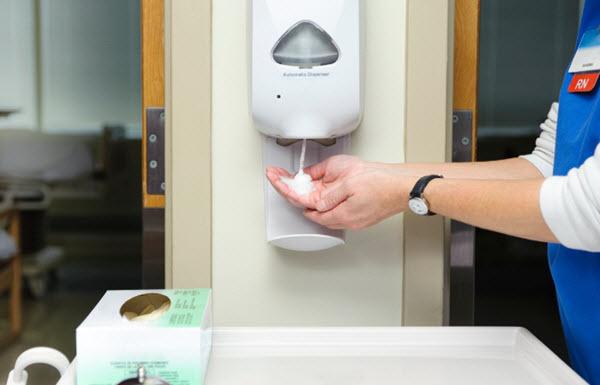
- Ensure adherence to proper hand hygiene protocols, including washing hands with soap and water or using an alcohol-based hand sanitizer before and after every patient interaction.
- Educate the patient and visitors about the importance of hand hygiene and provide the necessary resources, such as hand sanitizers or handwashing facilities.
Standard Precautions:
- Implement and follow standard precautions for all patients to prevent the transmission of infections. This includes the use of personal protective equipment (PPE) such as gloves, masks, gowns, and eye protection when appropriate.
- Educate the patient and their family members about the need for standard precautions and provide clear instructions on proper use of PPE, if applicable.
Infection Control Measures:
- Maintain a clean and sanitary environment for the patient by regularly disinfecting surfaces, equipment, and high-touch areas using appropriate disinfectants.
- Follow facility policies and protocols for infection control, including isolation precautions, if necessary.
- Ensure proper handling, storage, and disposal of contaminated materials and waste.
- Promote proper respiratory hygiene and cough etiquette among patients, visitors, and healthcare staff.
Immunizations:
- Assess the patient’s immunization status and ensure that they are up to date on recommended vaccinations.
- Educate the patient about the importance of immunizations in preventing infections and offer guidance on accessing appropriate immunization services if needed.
Education and Communication:
- Educate the patient and their family about infection prevention strategies, including proper wound care, hygiene practices, and recognizing signs and symptoms of infection.
- Encourage open communication and provide a safe environment for the patient to report any concerns or symptoms promptly.
- Collaborate with the healthcare team to ensure effective communication and coordination of care to minimize the risk of infections.
Monitoring and Surveillance:
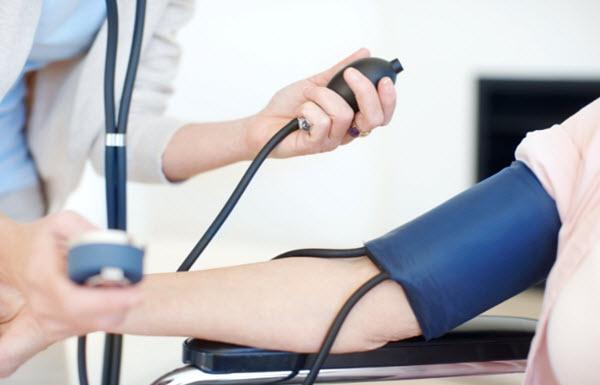
- Regularly assess the patient’s vital signs, temperature, and laboratory results to identify any signs of infection.
- Monitor for the development of healthcare-associated infections and report any suspected or confirmed cases to the appropriate authorities within the facility.
- Implement and participate in infection control surveillance programs as per facility policies and guidelines.
Collaboration with Interdisciplinary Team:
- Collaborate with other healthcare professionals, such as infectious disease specialists, pharmacists, and infection control practitioners, to ensure comprehensive infection prevention and control measures.
- Participate in interdisciplinary meetings and discussions to share knowledge, update infection control practices, and address any infection-related concerns.
Source:
Doenges, M. E., Moorhouse, M. F., & Murr, A. C. (2019). Nurse’s pocket guide: Diagnoses, prioritized interventions, and rationales. Philadelphia: F.A. Davis.


